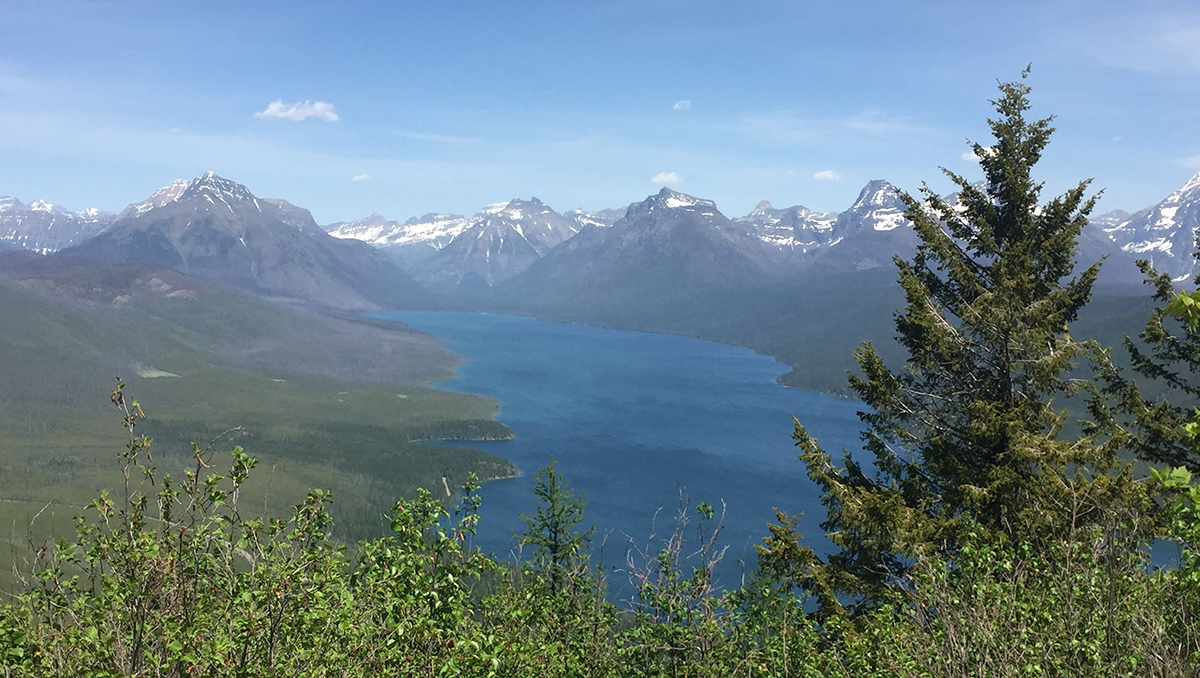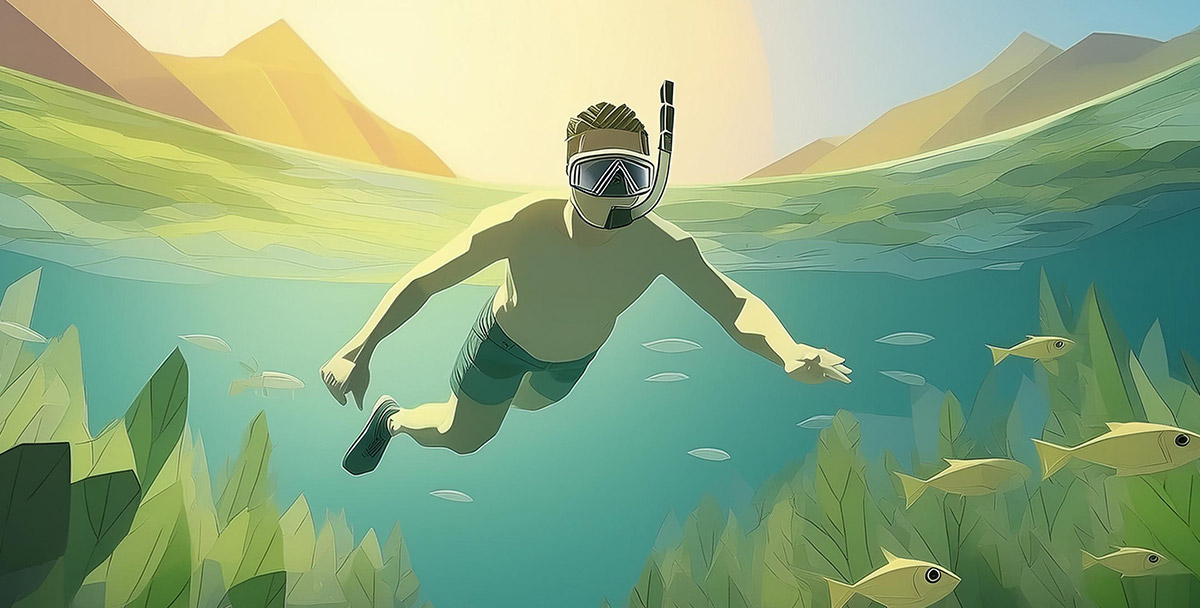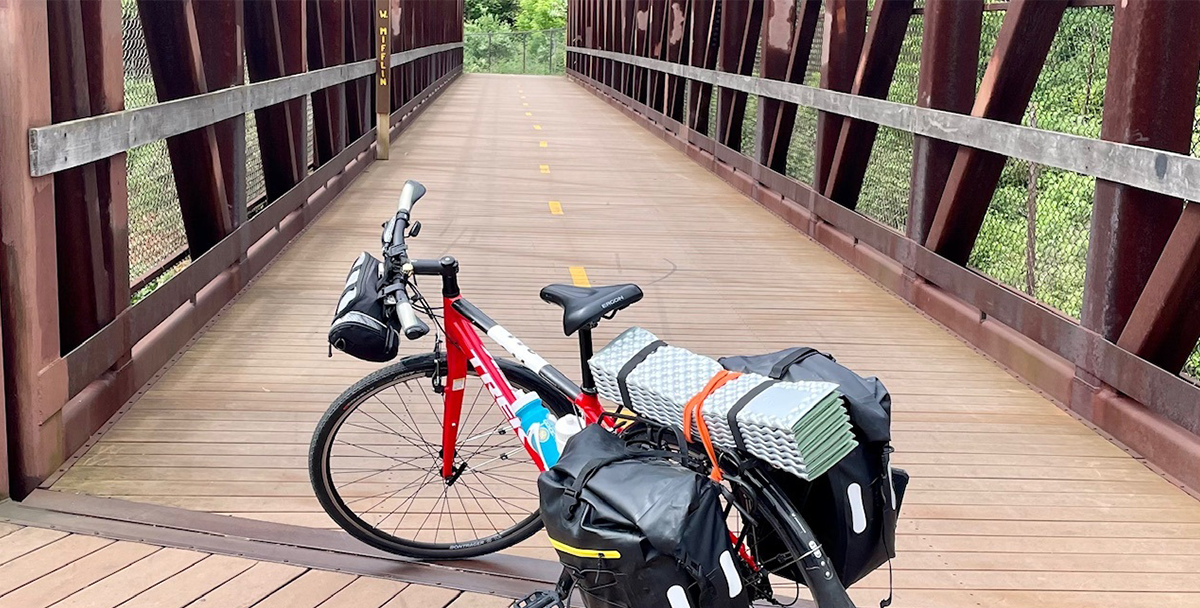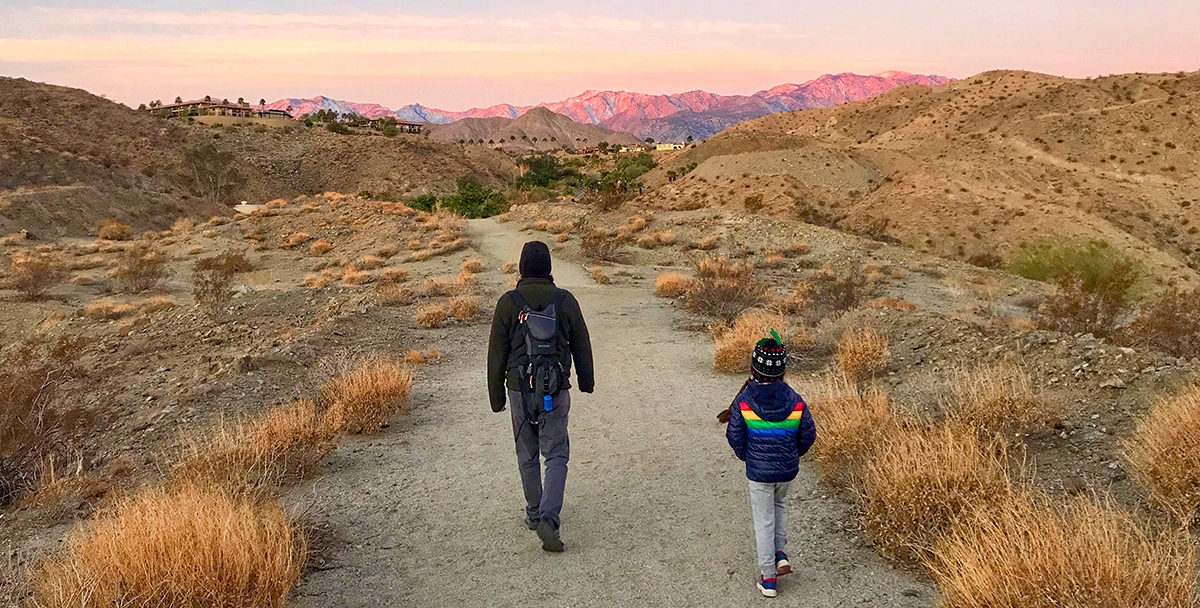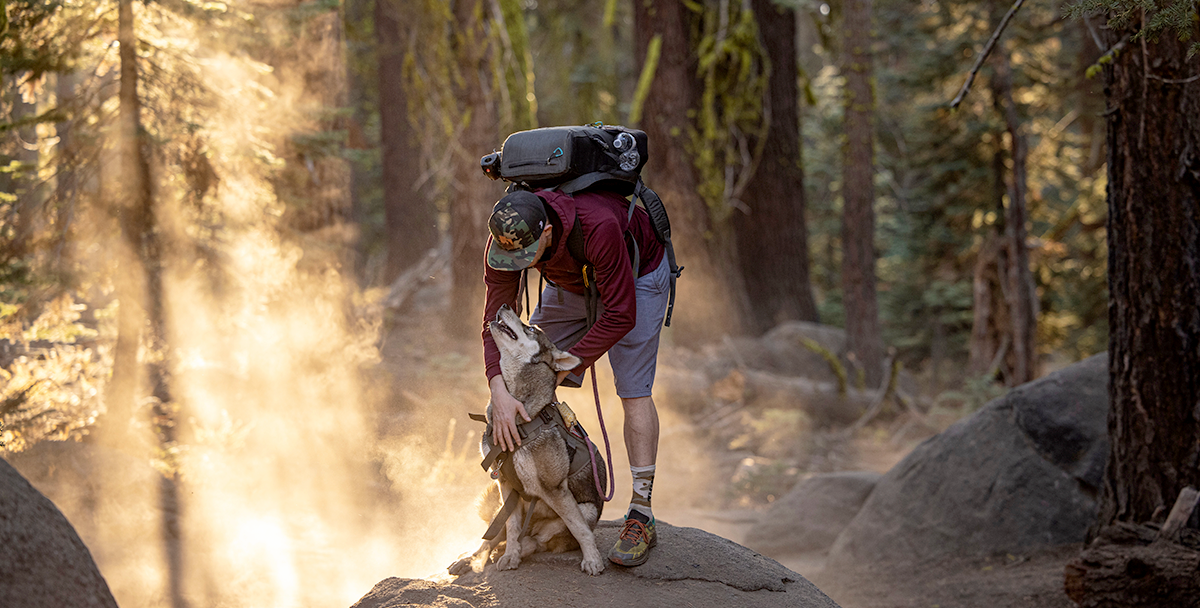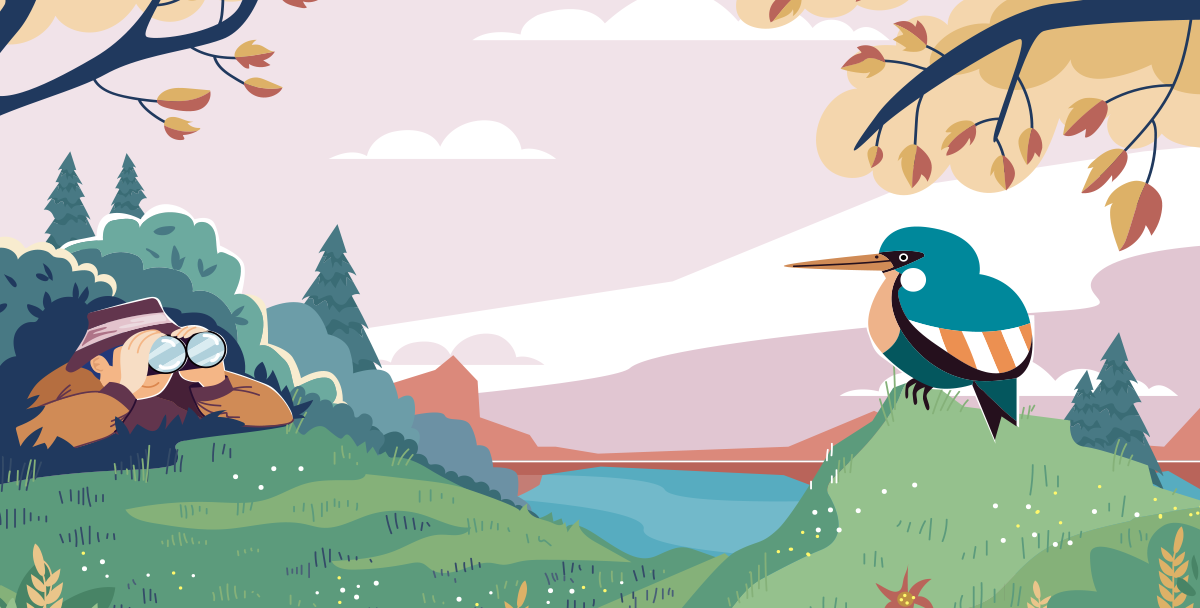Allowing my eyes to slip out of focus, I could erase the dirt-bike paths in the distance and imagine I were seeing the mountains in front of me as they had looked 100 years ago. It wasn’t difficult. There were no cellphone towers, no structures, no people to clog my summer panorama of Montana’s Little Belt Mountains. I had one of the best views in the entire forest. And for the pleasure of this vista, two beds and a cozy wood-burning stove, I’d paid just $53 per night.
Stays in chic Airbnb treehouses can cost hundreds of dollars, but I’ll let you in on my secret: The U.S. Forest Service rents its approximately 75 historic fire lookouts across the West for an average of $40 per night.
From California to Colorado and Wyoming to Washington state, the structures – some elevated, some ground level – offer not just shelter but a tactile history lesson. Most were built between 1910 and 1940, many with the help of the Civilian Conservation Corps.
These remote lookouts housed the men (and at least one woman, Hallie M. Daggett) whose job it was to keep watch over forests and alert the Forest Service at the first sign of smoke. By design, they have the best views around.
It was the thought of those views that first started my fingers typing on a bitterly cold January day. I needed to imagine a warm summer forest turning cool under a sherbet-colored sunset, even if that treat was six months away. Through Recreation.gov, I rented the Monument Peak Lookout over Fourth of July weekend, thinking it would be relatively luxurious to sleep in a real bed after a summer spent tent camping.
By the time the long weekend finally arrived, I had already printed directions through winding Forest Service roads to rely on when our electronics lost signal; filled a 7-gallon water container, knowing there would be no running water in the lookout; and packed sleeping bags to use in place of sheets. In the end, all I forgot was a deck of playing cards.
The road through the mountains to the lookout itself was long, steep and rutted by all-terrain vehicle tracks; my coffee thermos nearly bounced out of its cup holder as my fiancé and I approached the white clapboard cabin.
We parked the truck and threw open the cabin’s shutters – a two-person maneuver – to drink in the 360-degree views of sky, spruce and solitude. Flies swarmed out of the front door when we opened it, but no matter. A few minutes of open windows and a good sweeping had the place feeling perfectly habitable.
The cabin became our base between hikes and firewood-finding missions, offering the amenities we needed – outhouse, wood stove, camp stove, pots and pans, beds, chairs, table – as well as books and coffee mugs and crossword puzzles. The only entertainment we truly required, though, was all around us through the heavy, wind-tested windows.
My mind floated lazily backward through history. What would it have been like for those foresters stationed in these remote outposts? How isolated would they have felt in the snow-smothered mountain winters? What does it do to the mind to remain ever vigilant over long periods of seclusion and waiting?
I spent some time fiddling with the historic “firefinder” device mounted in the middle of the cabin, a gridded round map with metallic sighting mechanisms that had helped foresters pinpoint a fire’s location. How many pairs of eyes had looked out from this precise spot? What had they seen? And how – even after all they’d witnessed – could they have ever imagined a woman would be standing here 100 years later, purely for the thrill of it?
